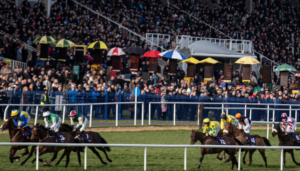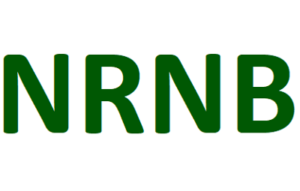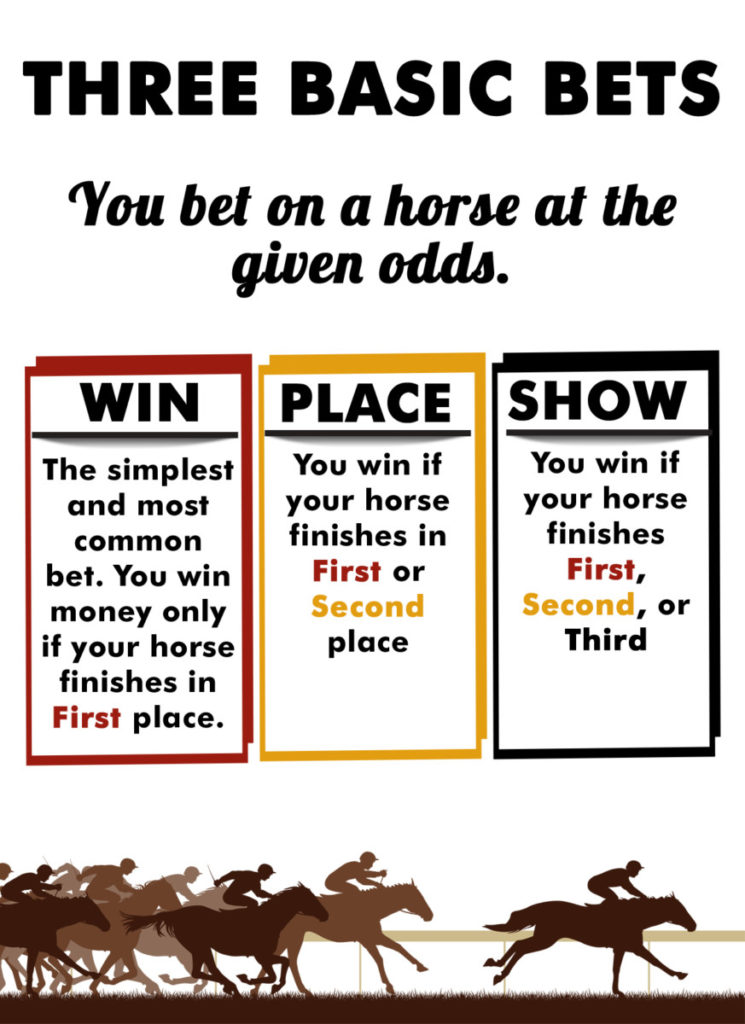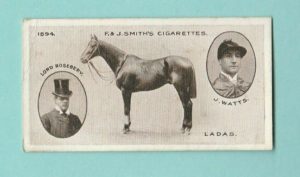Dublin Racing Festival: What it Tells Us About Cheltenham
 If you’re a fan of horse racing, then no doubt you will have been glued to the Dublin Racing Festival action. Coming not too long before the Cheltenham Festival, this can often give us great insight into what we might expect to happen… and who are the movers and shakers to look out for?
If you’re a fan of horse racing, then no doubt you will have been glued to the Dublin Racing Festival action. Coming not too long before the Cheltenham Festival, this can often give us great insight into what we might expect to happen… and who are the movers and shakers to look out for?
There were plenty of runners that certainly made a claim for next month’s action, but some have put doubts into people’s minds. So, who were the biggest market movers? Who saw their prices rise – and fall? Let’s take a look at what the horse racing betting online odds are saying…
Absolute Notions
Firstly, we have the Absolute Notions, in the Albert Bartlett Novices Hurdle. His performance saw his odds in Cheltenham move from 40/1 to around the 12/1 mark. His performance was a step up from his previous form and his stamina has proven to be pretty impressive. Because there is no real standout runner in this division, his odds, even after they have dropped, should be pretty tempting and are certainly worth checking out.
A Dream to Share
This horse saw its odds move from a massive 40-1 down to around just 8-1 for the Weatherbys Champion Bumper, which is quite a monumental change. The five-year-old has certainly raised a few eyebrows. After an extensive break of 8 months, he came back to win the Future Stars bumper, a race which, as the name suggests, is one that certainly highlights stars of the future… with previous winners including Appreciate It, Facile Vega and Envoi Allen.
Could it happen? Who knows, but there’s a lot more belief now than a few weeks ago.
Banbridge
Banbridge is due to run the Turners Novices’ Chase – and had previously been priced at 12-1 but now sits around the 6-1 mark. The stunning horse managed to come in 2nd in the Goffs Irish Arkle, but just 24 hours later, Mighty Potter gave an even more impressive performance. What’s more, he has previously been bested by his rival, beaten by 18 lengths. He certainly has the right attitude, but Mighty Potter may well be the one to create the magic.
Mighty Potter
So, let’s look at the Mighty Potter, also running the Turners Novices Chase. Before, he was priced 3-1 but is now sitting around 13-8.
This beast of a horse has excelled in his last two races, winning the Drinmore Novice Chase in December and followed this with the Ladbroke Novice Chase. His jumping skills are hard to fault, and he never gave his backers any moments of doubt. It is no wonder he is an odds-on favourite and, although he had a bit of a stumble at Cheltenham last year, this year might just belong to him.
Facile Vega
He had an outstanding event at the Dublin Racing Festival and there were many that had him down as a sure thing for the Champion Bumper… although doubts started to creep in. Rain meant heavy ground and by the time the race came around, he was an uneasy favourite. But there was no need to worry. He took strides to come up trumps and managed to beat a powerful field in a pretty impressive style. As such, he is now around 3/1 for the 2023 Supreme Novices Hurdle.
However, these are just a few of the top runners to look out for. There is going to be plenty of action throughout the Festival and no doubt there will be some shocks thrown in for good measure. Obviously, all eyes will be on the Cheltenham Gold Cup, with Galopin Des Champs looking to beat down the threat of last year’s winner, A Plus Tard, but there are more standout horses to enjoy. Constitution Hill is one to watch in the Champion Hurdle as well.
Make sure you keep an eye on the odds so you get the best price possible no matter what horse you go for!
 The popularity of ante-post betting on horse racing – that is, placing a bet on the outcome of a horse race well in advance of, or at least a day before, the off – is not what it once was. Betting ante-post doesn’t necessarily guarantee that you’ll receive better odds than if you bet on the day of the race, with the added risk that you’ll lose your money if your selection doesn’t run, for whatever reason.
The popularity of ante-post betting on horse racing – that is, placing a bet on the outcome of a horse race well in advance of, or at least a day before, the off – is not what it once was. Betting ante-post doesn’t necessarily guarantee that you’ll receive better odds than if you bet on the day of the race, with the added risk that you’ll lose your money if your selection doesn’t run, for whatever reason.
 The Derby was inaugurated in 1780 and, in 242 runnings since, the shortest-priced winner of the Epsom Classic was Ladas, who was returned at odds of 2/9 in 1894. These super short odds make the idea of slot machine spins at
The Derby was inaugurated in 1780 and, in 242 runnings since, the shortest-priced winner of the Epsom Classic was Ladas, who was returned at odds of 2/9 in 1894. These super short odds make the idea of slot machine spins at